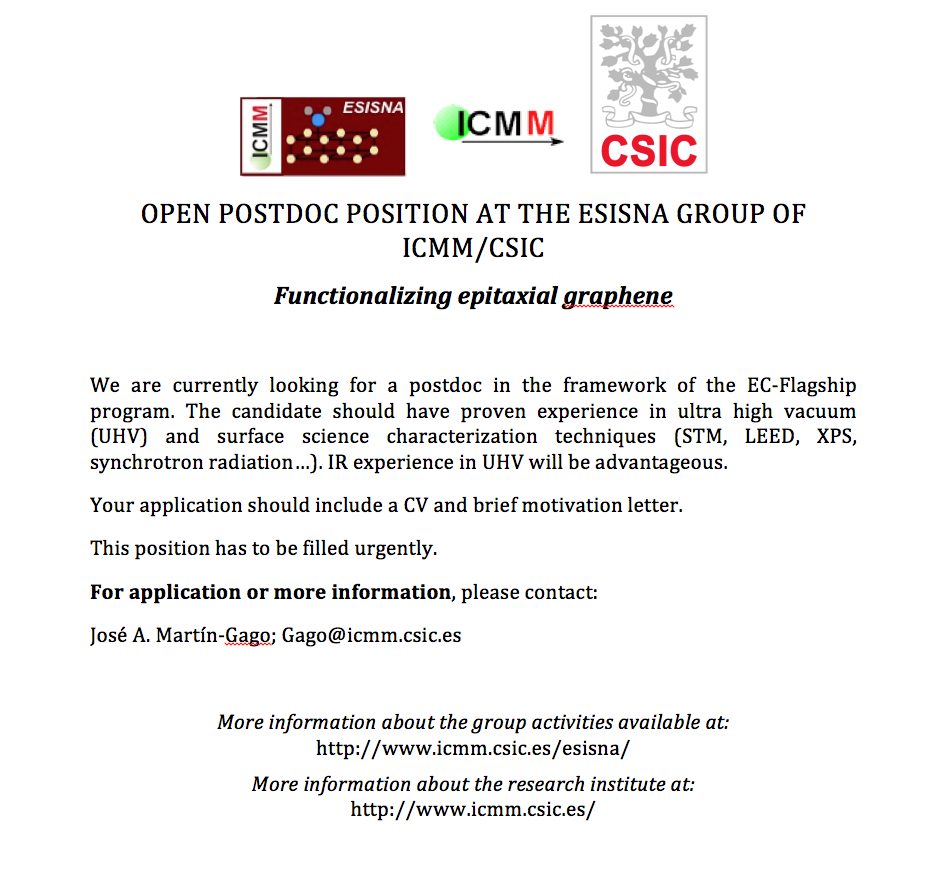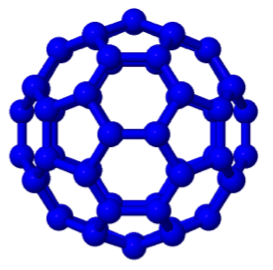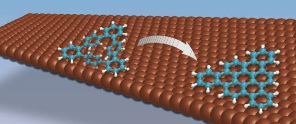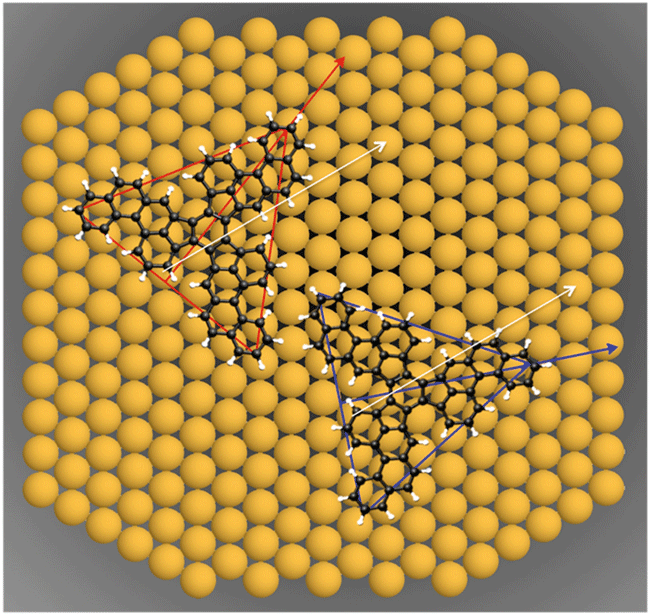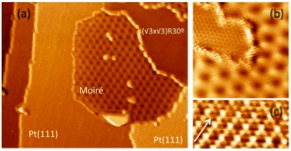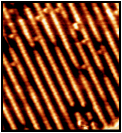Reactivity of the TiO2(110) surface: deshydrogenating PAH’s by thermal activation
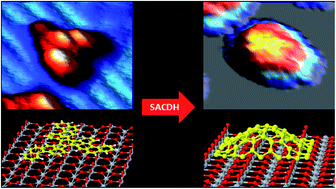
Our research group has shown the catalytic properties of the TiO2(110)-(1×1) surface towards dehydrogenation of large organic molecules. We have deposited C60H30 molecules on this surface and we have proven that high temperature annealing leads to partial cyclodehydrogenation, which allows the use of the activated PAH’s as building blocks for larger…


